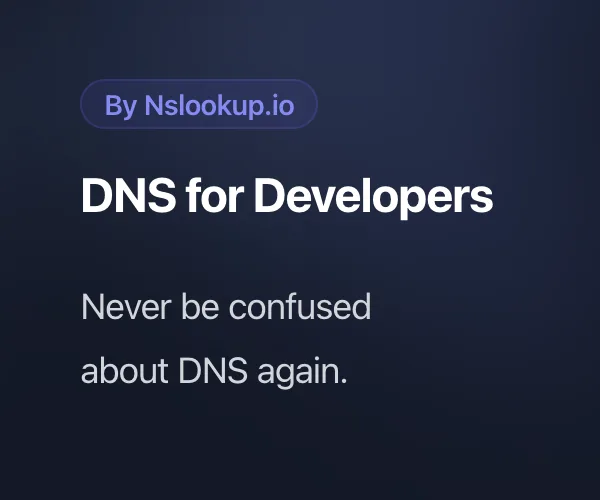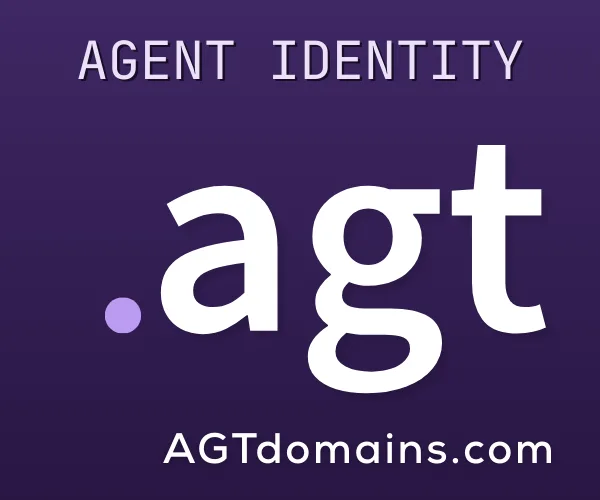Aftermarket domain names, those that have been previously registered and are now available for resale, offer a wealth of opportunities for domain investors. While the initial investment for these domains is higher compared to hand-registered ones, the potential for profit can be significantly greater due to their established value. Let's take a look at the process of investing in aftermarket domains, evaluating their quality, and utilizing popular platforms to make informed purchases.
Advantages of Aftermarket Domains
Investing in aftermarket domains comes with several benefits that can make them a worthwhile addition to your portfolio:
1. Established Value
Aftermarket domains often come with an established value due to their previous use, existing backlinks, and brand recognition. This makes them more attractive to potential buyers who are willing to pay a premium for these advantages.
2. Immediate Traffic
Some aftermarket domains come with existing traffic, which can be immediately beneficial if you plan to monetize the domain through advertising, affiliate marketing, or as a lead generation tool.
3. SEO Benefits
Domains with existing backlinks and a strong SEO profile can provide an instant boost in search engine rankings, making them valuable assets for businesses looking to enhance their online presence.
4. Brand Recognition
Many aftermarket domains have been previously branded, which can save a new owner significant time and resources in building brand awareness.
Assessing the Initial Investment vs. Potential Return
When considering an aftermarket domain purchase, it's essential to weigh the initial investment against the potential return. Here's how to evaluate these factors:
1. Domain Quality
Evaluate the overall quality of the domain by considering factors such as:
- Relevance: Ensure the domain is relevant to a profitable niche or industry.
- Memorability: Short, easy-to-remember domains are more likely to attract buyers.
- Brandability: A domain that can be easily branded is more valuable.
2. Historical Data and Previous Sales
Analyze the domain's history to understand its past performance and potential future value:
- Sales History: Check platforms like NameBio and DNJournal for previous sales data.
- Usage History: Use tools like Wayback Machine to see how the domain was previously used.
- Ownership History: DomainTools can provide insights into the domain's ownership history.
3. Traffic and Revenue Potential
Domains with existing traffic or revenue streams are more attractive to buyers:
- Traffic Analysis: Use tools like Google Analytics (if access is available) or Alexa to estimate traffic levels.
- Revenue Streams: Look for existing monetization methods such as affiliate links, ads, or subscription services.
Popular Aftermarket Platforms
1. Efty
Efty.com is an aftermarket domain sales platform that helps domain investors manage, market, and sell their domain portfolios with a range of user-friendly tools.
- Customizable, commission-free landing pages for direct domain sales.
- Portfolio management tools with integrated analytics and performance tracking.
- Seamless integration with payment processors like PayPal and Escrow for secure transactions.
2. Sedo
Sedo is one of the largest domain marketplaces, offering a wide range of services for buying and selling domains:
- Listing Options: Sedo allows you to list domains for sale, participate in auctions, and utilize brokerage services.
- Valuation Tools: Sedo provides tools to help you determine the value of a domain based on market data.
- Escrow Services: Secure transactions with Sedo's escrow service, ensuring both buyer and seller are protected.
3. Afternic
Afternic offers a robust platform for buying and selling premium domains:
- Premium Listings: Get increased visibility through Afternic's premium listing service.
- Network Distribution: Afternic's extensive network of partner sites helps reach a broader audience.
- Automated Pricing: Afternic's pricing tools can help set competitive prices based on market trends.
4. NameJet
NameJet specializes in high-quality domain auctions and backorders:
- Auction Platform: Participate in auctions for expired domains and premium listings.
- Backorder Services: Use NameJet's backorder service to secure domains before they go to auction.
- Exclusive Partnerships: Benefit from NameJet's partnerships with registrars and other domain platforms.
Evaluating Domain Quality
1. Historical Data
Reviewing a domain's history can provide valuable insights into its potential value:
- WHOIS History: Use DomainTools to check the domain's WHOIS history and ownership changes.
- Archive Data: The Wayback Machine can show how the domain was previously developed and used.
- Blacklisting: Ensure the domain is not blacklisted or penalized by search engines using tools like Google Transparency Report.
2. Traffic and Revenue Potential
Existing traffic and revenue streams add significant value to a domain:
- Traffic Analysis: Tools like SimilarWeb and SEMrush can provide traffic estimates.
- Revenue Streams: Look for domains with established revenue sources such as ad placements or affiliate links.
3. Comparable Sales
Analyzing comparable sales helps determine a fair market value for the domain:
- NameBio: Access sales data for similar domains to gauge market value.
- DNJournal: Review weekly sales reports to stay updated on current market trends.
- Estibot: Use Estibot's valuation tool to get an estimate based on comparable sales data.
Practical Application: Investing in Aftermarket Domains
Let's consider a practical example of investing in an aftermarket domain:
- Identify a Niche: Suppose you are interested in the e-commerce industry.
- Search for Domains: Use Sedo, Afternic, and NameJet to search for aftermarket domains related to e-commerce.
- Evaluate Domains: Narrow down your choices by evaluating each domain's quality, historical data, traffic, and revenue potential.
- Comparable Sales: Use NameBio to analyze recent sales of similar domains to establish a fair market price.
- Make an Offer: Once you identify a valuable domain, make an offer or participate in an auction to acquire it.
- Marketing and Resale: Develop a marketing strategy to reach potential buyers, highlighting the domain's established value and traffic.
Investing in aftermarket domains can be a lucrative strategy for domain investors. By understanding the advantages, evaluating the quality of domains, and utilizing popular platforms, you can make informed investment decisions. Learn more about making money with domain names.





